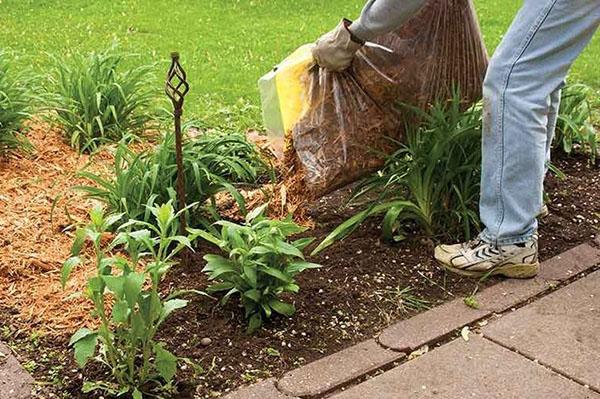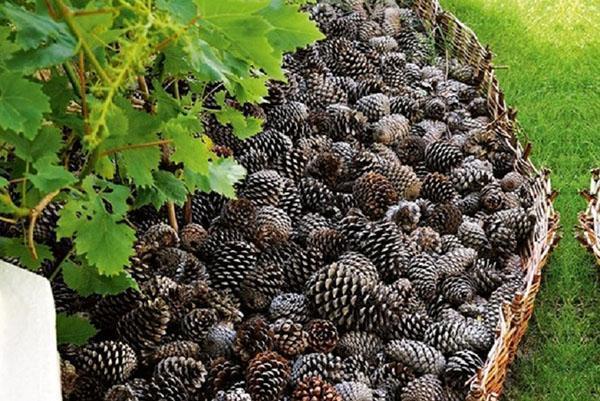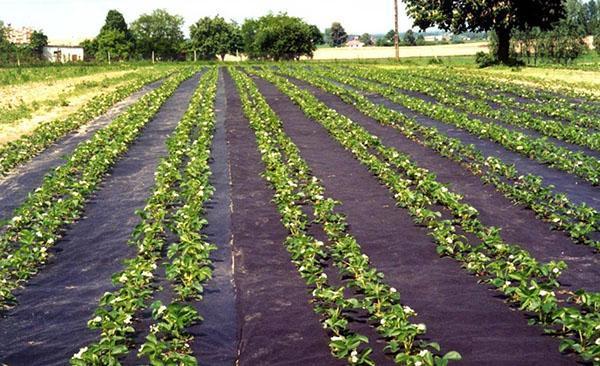Learning how to choose mulch for our beds
 Each mulch has its own characteristics. Accordingly, it is necessary to use it. But best of all, you need to apply the one that is at hand. There is no need to specifically look for, for example, spruce litter, if you have not a single Christmas tree for a thousand miles. I will try to give a brief description of some types of mulch, how it is used and where it is obtained.
Each mulch has its own characteristics. Accordingly, it is necessary to use it. But best of all, you need to apply the one that is at hand. There is no need to specifically look for, for example, spruce litter, if you have not a single Christmas tree for a thousand miles. I will try to give a brief description of some types of mulch, how it is used and where it is obtained.
The most affordable, in my opinion, material for mulch is fallen leaves. You can collect them in your garden, in the nearest grove, negotiate with the janitors of country boarding houses or other institutions, I do not advise you to collect them in the city, it is toxic. Leaves are good for covering the beds and near-stem circles of berry bushes before winter, and I still fill the ridges with them in greenhouses.

 Non-woven material is good for covering ridges with strawberries, spreading in aisles and near-trunk circles. Obtained from the store.
Non-woven material is good for covering ridges with strawberries, spreading in aisles and near-trunk circles. Obtained from the store.
Sawdust is a very good mulch, especially with shavings. There is no need to be afraid that they will eat nitrogen - these are all fairy tales. Sawdust crush weeds very well, the soil under them is always moist. As a last resort, throw sawdust into the aisles, and it will walk cleanly and the soil living creatures will be grateful to you.